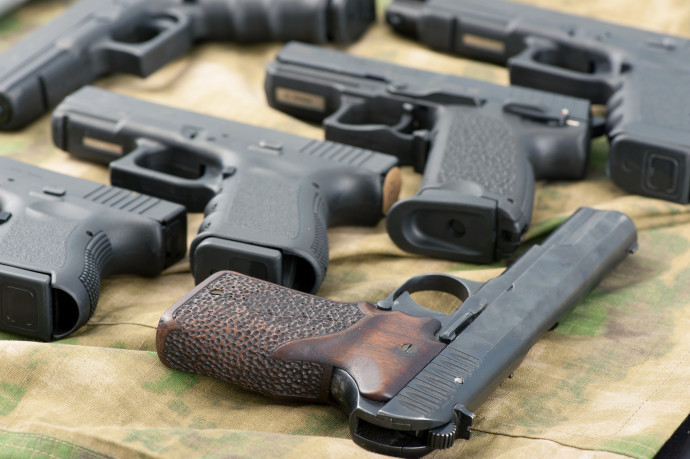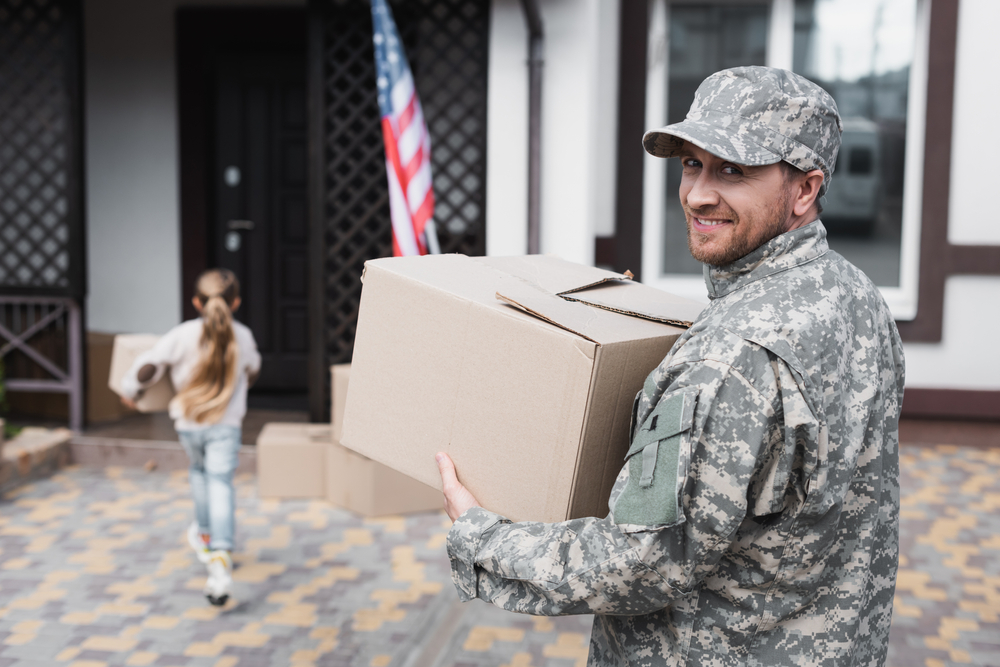If you’re moving guns across country, first and foremost you want everyone involved in the process, including yourself, to remain safe. Second, firearms, guns, ammo, and other hunting equipment are valuable – and oftentimes costly – items you don’t want ruined or lost during your move. Finally, you want to be sure you comply with all local, state, and federal laws for transporting firearms and ammo. Many states and counties have different laws and regulations regarding firearms, and it is important to understand these laws before crossing state lines. In this article, we will outline the steps you need to take to move with your firearms safely and legally.
Research relevant regulations
A common question that comes up for people moving is related to the transportation of firearms. Under the Federal Firearm Owners Protection Act (FOPA), individuals moving states with guns are allowed to transport them across state lines under two conditions:, they are unloaded and not easily accessible. Essentially the law states someone can transport a firearm to and from any place where they can lawfully possess it.
Min Hwan Ahn, an attorney for the Law Offices of Ahn & Sinowitz agrees. “Although FOPA provides a basic framework, it’s important to remember that each state has its own laws and regulations regarding firearm transportation,” he said. Therefore, it’s essential for individuals moving guns across country to follow these steps before you go:
Before moving, it’s important to research and comply with the laws of each state or country you may be traveling through.
“In some states, additional permits or licenses may be required, while others may have specific restrictions on the types of firearms that can be transported,” Ahn said.
Ensure your firearms are legal in your new location
Once you’ve researched the gun laws in your new location, it’s important to be sure the firearms you own are legal there. Some states and countries have restrictions on certain types of firearms, such as assault rifles or high-capacity magazines. If you own these types of firearms, you may need to sell them before moving.
Contact a licensed firearms dealer
Because some states require background checks and other paperwork before firearms can be transferred, you may need to contact a licensed professional to help you with the transition.
Keep firearms in locked container separate from the passenger compartment
Martin Gasparian, owner and attorney at Maison Law says the firearms and ammunition must be transported in a locked container separate from the passenger compartment of the vehicle. “Federal code section 18 USC 926A, sometimes known as the Peaceable Journey laws, states that legally crossing state lines requires that the handgun be unloaded, the owner is permitted to carry in both the state they are leaving and the state they are going to, and that the firearm and ammo are not in plain view,” he said.
The trunk is typically the best place to secure the firearm for transport. Again, this may vary from state to state.
For example, in California, firearms are to be transported in a locked container in the trunk of a vehicle, or if there is no trunk, in a locked container out of plain sight in the vehicle. Fran Haasch, founding attorney for The Fran Haasch Law Group says moving companies are also expected to have a Motor Carrier Permit from the California Highway Patrol to transport firearms.
And in Texas, Haasch says firearms can be transported openly or concealed in a vehicle, as long as they are not in plain view. Moving companies are required to comply with federal law and have a valid FFL to transport firearms.
Leave the ammunition behind
Just like there are items you can’t store in a storage unit due to potentially being unsafe, most moving companies will not transport ammunition for safety reasons as it’s considered hazardous material.
“The transportation of ammunition is regulated by the Department of Transportation (DOT) and is subject to the Hazardous Materials Regulations (HMR),” said Haasch. “In 2012, a moving truck carrying ammunition caught fire on a highway in Ohio. The fire caused the ammunition to explode, leading to a series of explosions that lasted for several hours and forced the closure of the highway. It serves as a reminder of the potential risks involved in transporting ammunition.”
Declare your arms
If you’re moving to a new country, you will need to declare your firearms once you’ve crossed the border. Different countries may have different rules regarding the importation of firearms, so it’s important to research these rules before crossing any border. In some cases, you may need to obtain a permit or license to bring your firearms into the country.
Ahn says he’s experienced clients who faced challenges when moving with firearms. “One of the most common issues is the lack of proper research and understanding of state and international laws,” he said. “To avoid potential legal problems, I always recommend consulting with a knowledgeable attorney or firearm expert before undertaking a move that involves transporting firearms across state lines.”
Steps to take AFTER the guns have been moved
Learning how to properly store your guns is another key once you’ve arrived safely to your new location. As a general rule, firearms should be stored in a locked container, such as a gun safe, and ammunition should be stored separately. Keep your firearms out of the hands of unauthorized individuals, like children or people with a history of violence.
Moving to a new state or country with firearms requires more research than you may think. And although it may seem like a lot of rules to follow, it’s better to be safe than sorry. When in doubt, hire a professional to help guide you through the regulations and laws. By understanding the gun laws in your new location, ensuring your firearms are legal, transported safely and stored in a locked container, you can ensure that your move is legal. With a topic as serious as this one, there’s no reason not to.


![Survey: Nearly Half of Movers Take Months To Finish Unpacking [+ 10 Unpacking Tips]](https://moving.selfstorage.com/wp-content/uploads/2025/06/how-to-unpack-after-moving-hero.jpg)




